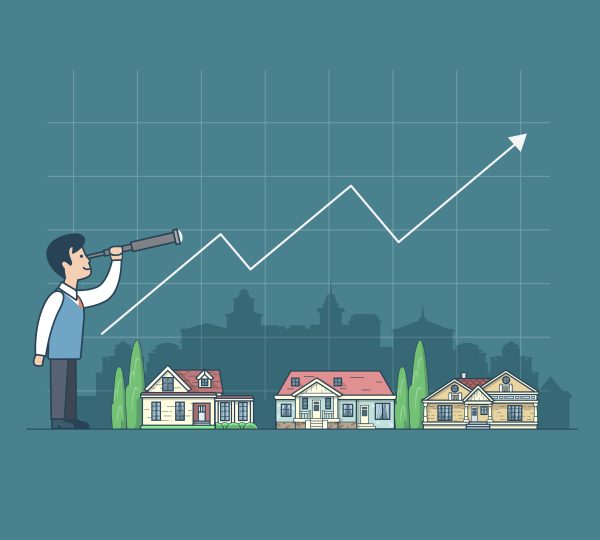The real estate market in the United States of America places a pivoted role and contribution to the country’s economy. Its strong grasps of the economy, wealth, and value generation contribute to the central functions of the economy. As investors, homeowners, and policymakers, it is vital to know about the current real estate trends in the United States.

Urban migration
With the onset of the pandemic and its impending doom upon all economic and social settings of the world, there was an increase in families and large groups of populations from the urbanized city and town areas seeking to move to less population-dense areas in the suburbs. This shift in living trends caused a change in the demand for real estate from property in urbanized areas to the increased demand for property in suburban areas. These smaller cities, away from the masses, realized a considerable boom in need for their real estate and therefore increased the prices of these properties. This increase in market value changes the trajectory of real estate trends in the United States. Although the demand for property in urban areas faces a substantial decline, they still bear an upper hand in advantages relating to employment and education convenience and easy access to transportation and infrastructure facilities unique to more populated urban areas, including shopping malls, high-end convenience stores, etc.
Housing market booms
Historically low mortgage and interest rates in the housing values, along with the very limited shortages of supplies, created a great demand for housing real estate. This began a price hike that made it unaffordable in a strict sense for many homeowners and even people seeking to purchase property for investments. As these prices were well above market expectations and forecasting, it became unbearable to sometimes keep up with the rental charges even. The pandemic also paved the way for people to search for larger living spaces with gardens etc., to pass the time and engage in home growing and agriculture. This rise in demand for specific properties also added to the hike, and the unhindered price increase also caused significant stress in the real estate fields. This caused a primary concern regarding the affordability and the quality of the houses on sale.
Commercial real estate changes.
The shift of commercial real estate from working in office spaces and company buildings to remote working caused many changes in how companies function. The reduced need for performing office space anticipated the reduced sale of such properties. However, the hybrid work ethic the world is adapting to now has begun to change this significantly. Although workspaces are rarely in function even years after the imminent threat of Covid 19 pandemic is over, it is still in practice to work hybrid. Many companies have adapted to the hybrid working model. They are now hiring workers from remote areas to work for them, creating a diverse work environment outside territorial boundaries. This causes many companies to grow in human resources but only need a limited physical workspace.
The development and enhancement functions of the e-commerce sector are identified as the leading party in need of many real estate properties. The digitalization and globalization of the supply chain require workstations and warehouses to be in many areas. The requirement of real estate to hold these distribution facilities all over certain areas is a rising concern to carry out smooth distribution and administration functions of these businesses. The delivery systems and e-platforms developing through technological and digital mobilization have created the need to fully understand and embrace the evolving nature of business functions and consumer preferences in the modern world.
Shortages
The primary concern regarding real estate development or new real estate development is the need for more space for these development projects. The lack of space due to population expansion and limited availability of land for real estate projects persists as a significant effect on real estate development. The imbalance caused because of to the supply-demand balance for real estate is a tough position to counter. The lack of space, topped with the significant increase in rates in the construction sectors, also creates a challenging situation for executing these projects to full completion. Further, the lack of resources for production because of the supply chain disruptions, the wage rates, and the inability to find and fund such projects all add to the imminent threat of shortages in the real estate sector, even though there is a growing and significant demand for it.
Mortgage rates and financial stability.
The mortgage rates play a decisive role in ensuring the affordability of the real estate property in question. The ease of access to affordable housing in the United States has long since been threatened by the uncertain shifts in the mortgage rates and the ongoing unstable financial situation post-pandemic. The mortgage rates, much like in the European context, have also remained at shallow levels to ensure no adverse harm would result from the economic and financial inabilities in the country. Although these low rates in mortgage values often stimulate considerable demand, the risk of the financial situation is also still a pressing issue. This puts the entire real estate market in jeopardy and danger.
The nature of the real estate markets solely and often depends wholly on the economic and financial situation of the national economy in question. The offset of the pandemic and the various economic and financial insecurities faced by the United States and the world resulted in significant changes to the Real estate market.



